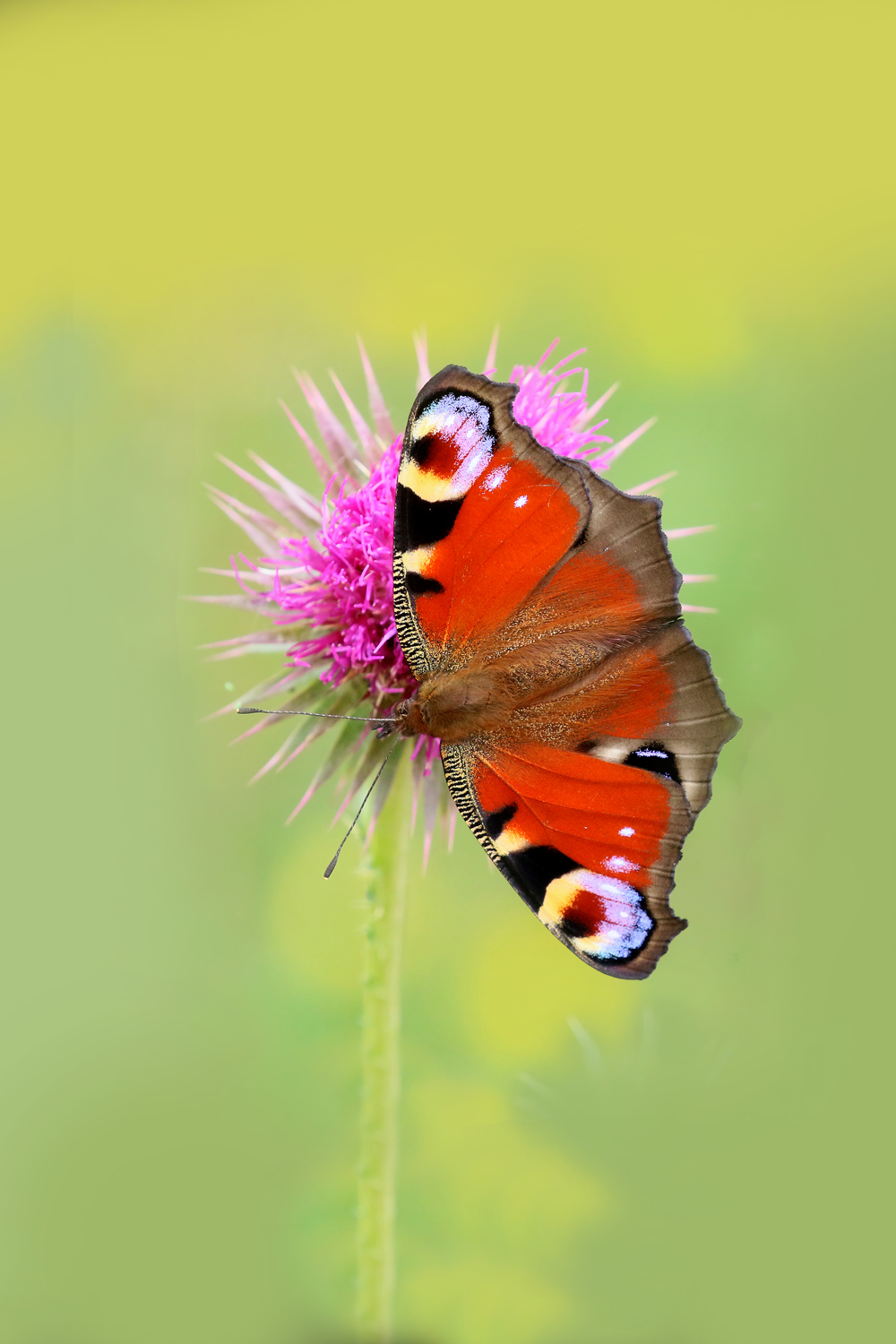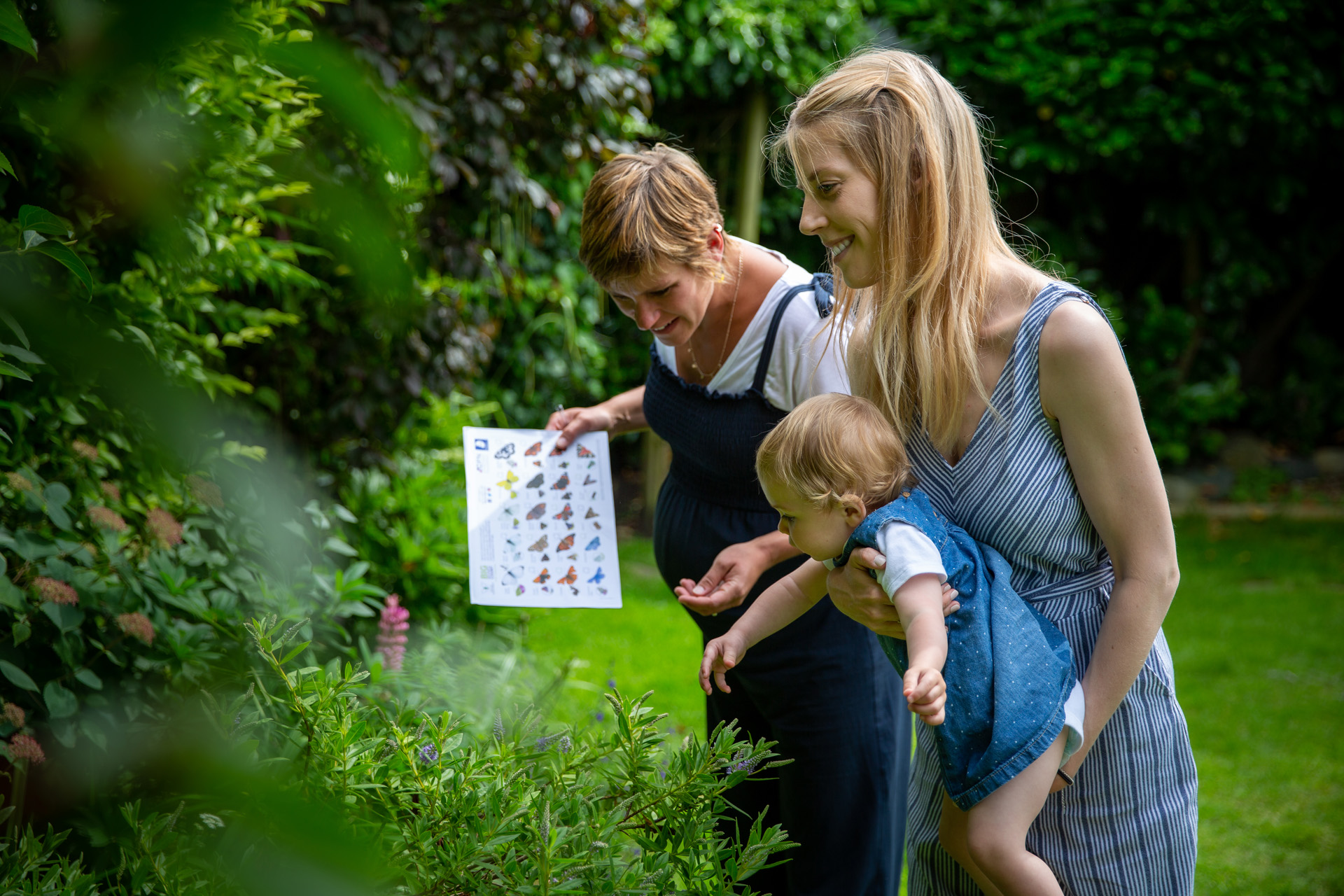
Where Are All Of The Butterflies?
By
9 months ago
‘Nature is sounding the alarm and we must listen’
The annual Big Butterfly Count is underway – but numbers are extremely low. So where are all the butterflies?
Butterfly Numbers Plummet Due To Poor UK Weather
Early data from the annual Big Butterfly Count has revealed a dramatic drop in the number of the pretty bugs across the UK. Due to an unusually wet and windy spring along with colder temperatures than we are used to seeing at this time of year, volunteers are seeing just over half the number of butterflies participants were spotting by this time last year. This is a record low in the 14-year history of the Butterfly Conservation’s Big Butterfly Count.
‘Butterflies need some warm and dry conditions to be able to fly around and mate,’ explains Dr Dan Hoare, Director of Conservation at Butterfly Conservation. ‘If the weather doesn’t allow for this there will be fewer opportunities to breed, and the lack of butterflies now is likely the knock-on effect of our very dreary spring and early summer.’
If a sunny spell (finally) comes along, these numbers could perk up with a later emergence of butterflies. Either way, Butterfly Conservation is calling on the public to get involved and get outside for just 15 minutes to record the number and type of butterflies they see.
Why Are Butterfly Numbers Dropping?
It’s not just the dreary weather: there has been an 80 percent decline in butterfly numbers in the UK since the 1970s due to habitat loss, climate change and pesticide use. With populations of butterflies already depleted, the fluttery bugs are even less resilient to the impact of poor weather, resulting in the record low numbers we are seeing this year.
‘The lack of butterflies this year is a warning sign to us all,’ says Dr Haore. ‘Nature is sounding the alarm and we must listen. Butterflies are a key indicator species. When they are in trouble we know the wider environment is in trouble too.
‘People are telling us that they aren’t seeing butterflies, but simply telling us is not enough, we need everyone to record what they are or aren’t seeing by doing a Big Butterfly Count as this will give us the evidence we need to take vital action to conserve our butterfly species,’ Dr Hoare says.

What Is The Big Butterfly Count?
Butterfly Conservation’s annual Big Butterfly Count is the largest citizen-science project of its kind, and involves volunteers from the general public spending 15 minutes outside in a sunny spot, recording the number and type of butterflies they see. No green space is too small: a back garden, a small terrace or balcony with some pot plants, a public park, allotment, or country lane are all important spaces to explore, track and report.
Last year, more than 135,000 Counts took place across the country. This scientific data helps scientists to understand how butterflies and moths are faring, informs conservation projects and government policies, and supports other experts with their research and vital work to protect our planet.
Get Involved
This year’s Big Butterfly Count ends on Sunday 4 August. For more information and to take part, visit bigbutterflycount.org or download the free Big Butterfly Count app.







